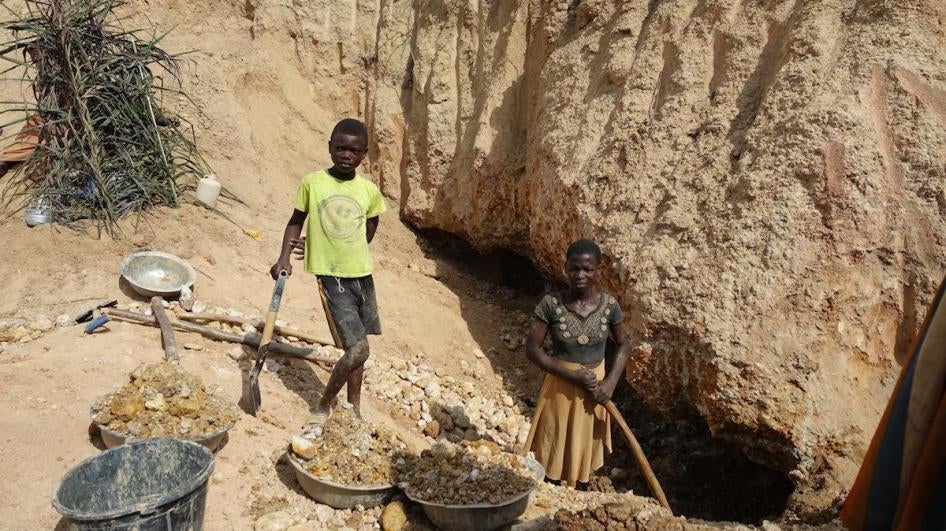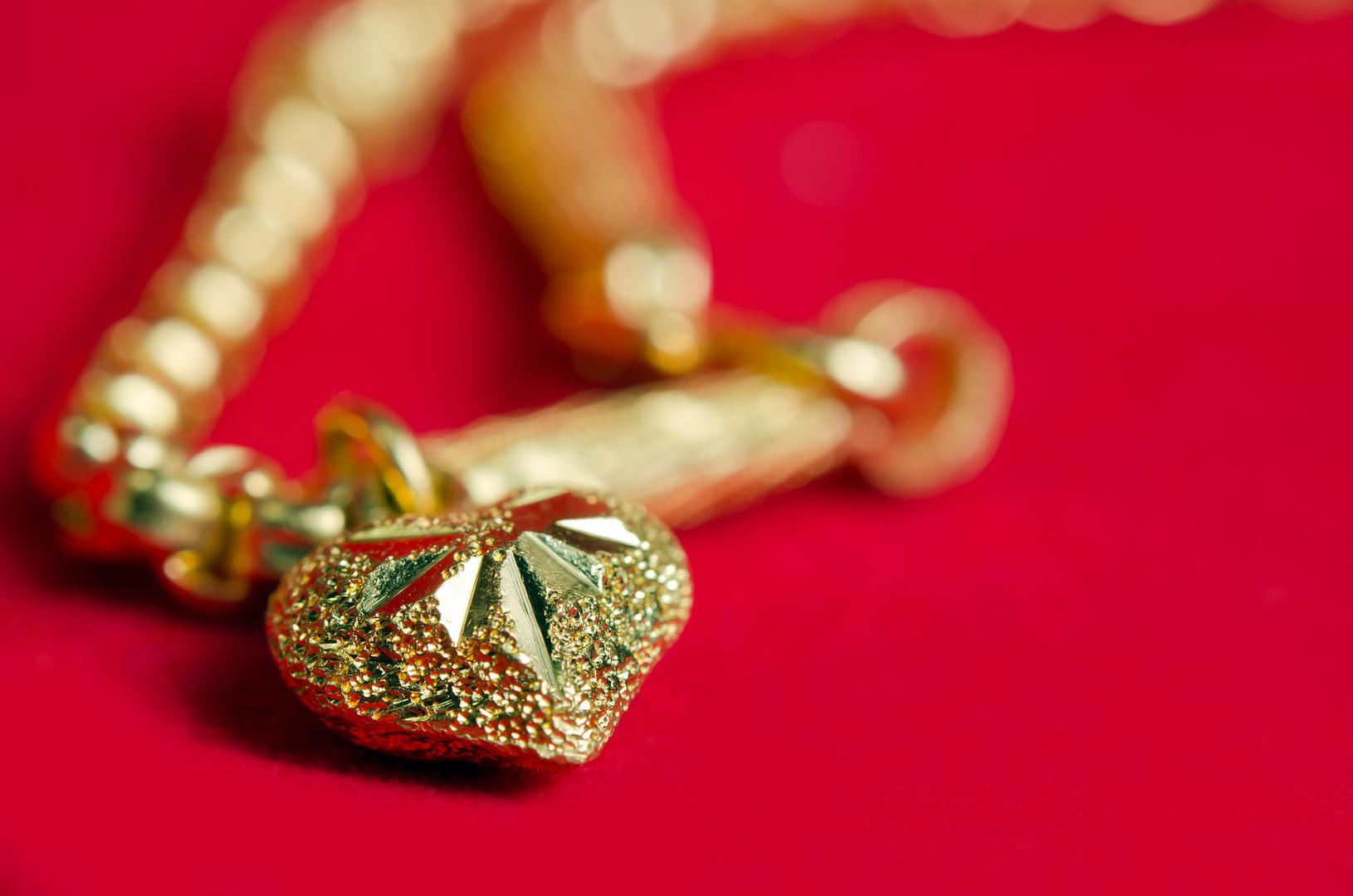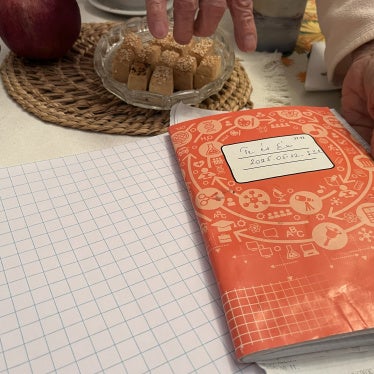Sunday is Mother’s Day in many countries, an opportunity for many to give their mum a piece of jewelry. Jewelers are offering “Mother’s Day Gift Guides” and “Mother’s Day Specials.” Here is Human Rights Watch’s special “gift guide” for Mother’s Day.
Please ask your jeweler three vital questions about the jewelry you consider buying:
- Where do the gold, diamonds, or other minerals come from?
- What has your company done to find out whether there are any human rights abuses in and around the mines where the gold or gems are from?
- Does your company make the names of your suppliers public?
The conditions under which gold and diamonds are mined can be brutal. Human Rights Watch has documented how civilians have suffered in war as armed groups have enriched themselves through mining, how communities have been poisoned by mines emitting toxic chemicals, and how children have been injured and killed mining precious minerals. Children who work in mining often do not go to school and get trapped in poverty.
A few years ago in southern Ghana, I met “Peter,” a frail boy who said he was 15 but looked much younger. He was digging ore out of deep, unsecure pits and processing gold with toxic mercury. He had dropped out of primary school and told me, “I wish I could have stayed in school.”
At Human Rights Watch, we recently scrutinized the sourcing policies of 13 well-known jewelry brands. We found that jewelers often cannot identify where their gold and diamonds originate and rely on the assurances of their suppliers without verifying these claims. In many cases, companies also fail to publish information on their sourcing practices. Several jewelry companies presented certification by the Responsible Jewellery Council, an industry group, as evidence that they were doing well. But that council’s standards are weak and its certification process is not transparent.
However, we also found some good news – for example, Tiffany and Co. traces its gold back to the mine and conducts thorough human rights assessments. And growing number of small jewelers are making efforts to source their gold from small-scale mines where rights are respected.
Jewelry companies should ensure they have traceable, transparent supply chains and are not contributing human rights abuses. A piece of jewelry would be a better Mother’s Day gift if it is responsibly sourced.











